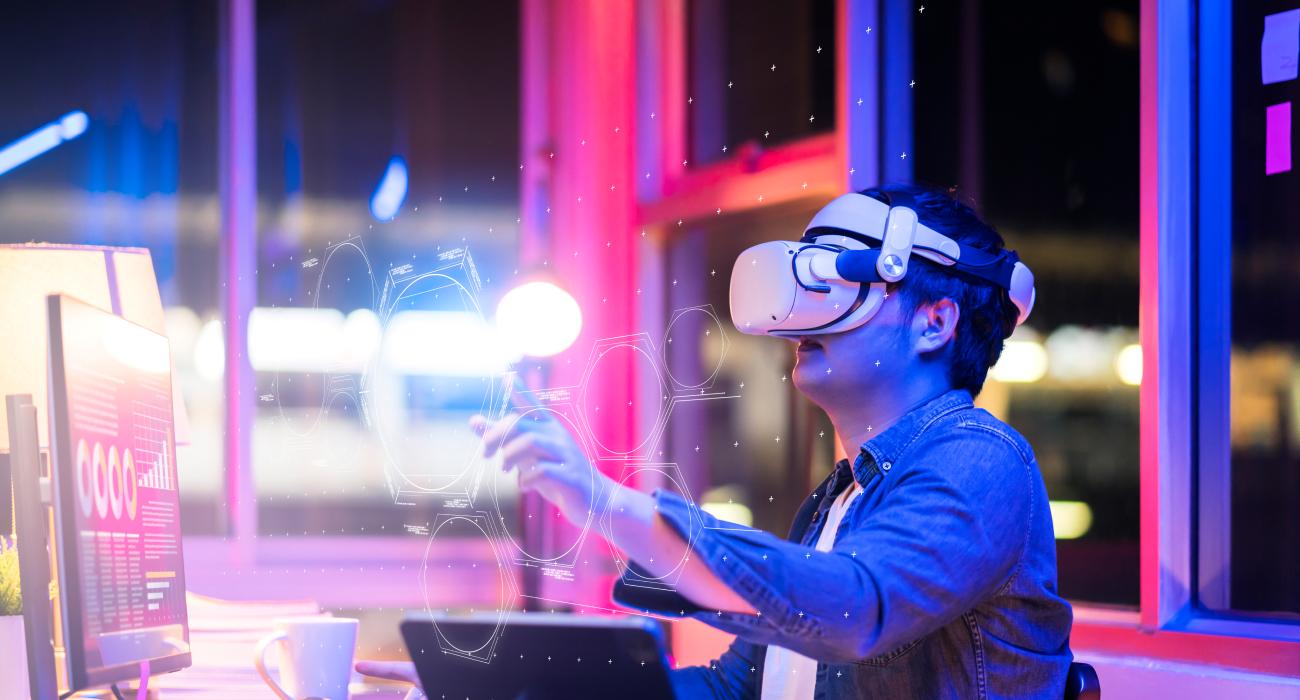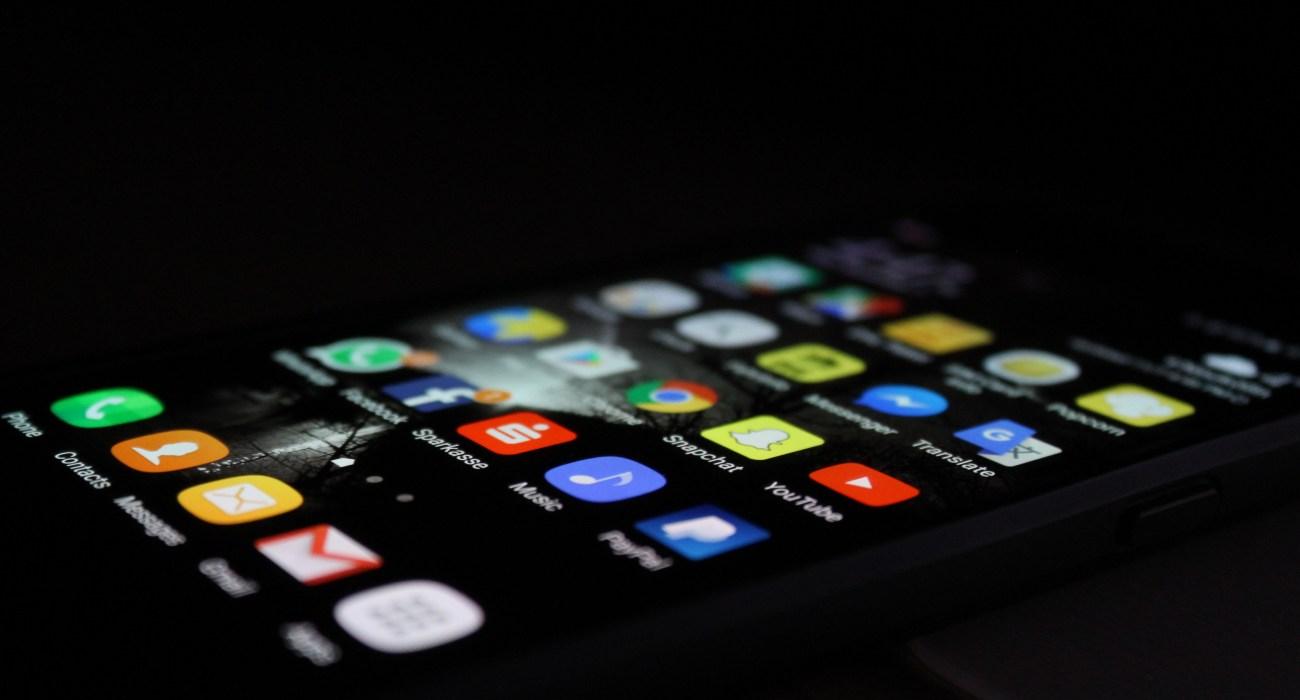Although healthcare has always been a process that comes with complications, with the twenty-first century gearing up, it has seen unheard-of developments. The healthcare sector is going through a lot of transformation. There are many new difficulties, but the rate of technological advancement, primarily through augmented reality in healthcare, comes in handy for more individualized patient experiences.
Augmented reality in healthcare is revolutionary with the rising usage of linked devices, computer vision, and artificial intelligence. The delivery of healthcare services is changing, and the overall standard of patient care is rising due to novel interactions between the real world and virtual objects.
AR In Healthcare
With augmented reality in healthcare, we may view the physical world as it is while having a digital enhancement superimposed over it. AR instantly merges digital data or content into the user's surroundings. Using computer-generated capabilities, improvement in real-world items happens in augmented reality. To enhance the user experience, augmented reality in healthcare features images, effects, audio, text, and touch feedback. The user interacts with virtual things that have been put in the actual environment using this technology.
The following three elements are crucial to AR.
- Combining the physical and digital worlds
- Real-time interaction with the things
- 3D registration - how AR apps may get a spatial reference framework to put the virtual objects where they should be concerning the actual ones.
AR is becoming more available and economical for medical imaging, medical education, dentistry, and nurse training because of its adaptability.
Most Significant Developments of Augmented Reality in Healthcare
AR has brought numerous positive changes to the healthcare sector. Here is a list of some such developments:
Robotic-Assisted Surgery
Recent years have seen a rise in robotic-assisted surgery (RAS) devices as they enhance surgical accuracy and make minimally invasive techniques more accessible. Combining AR with robotic surgery gives a sophisticated interface that will improve user perception.
The surgeon's capacity to make better judgments in real-time is significantly enhanced by using AR to improve situational awareness. Robotic liver resections, intraoperative reconstructions and tracking systems, preoperative imaging and 3D rendering, intra-operative automated ultrasound application, etc., are just a few of the RAS sectors that AR will significantly change over the years.
Maintenance of Wound Healing
Most conventional methods for measuring wound characteristics could be more reliable, easier, and more comfortable for the patient. By giving visual input on the state of the wound's healing, augmented reality offers a non-invasive evaluation of wound parameters. An exact 3D representation is possible with augmented reality to show how the wound is healing.
Doctors can provide the best recommendations for follow-up treatments and exercise regimens since there is access to objective patient data. Additionally, it helps nurses treat the wound correctly. Patients will be more likely to follow medical advice if they can better grasp their condition thanks to AR-based wound healing evaluation.
Rehabilitation and physical therapy
The benefits of augmented reality in behavioral therapy and physiotherapy are progressively becoming apparent to the healthcare sector. Augmented reality in healthcare, especially physical therapy sessions, enhances physical results and boosts patient involvement. The physiotherapist can assess the effects more accurately thanks to the data collected from each session.
AR paves the way for a novel, hidden type of motor and cognitive rehabilitation intervention by providing a secure setting for patients to practice motions and focus on their workouts. It increases patient motivation and allows carers to do affordable physiotherapy at home.
Patient Record Retrieval
While attending to a patient, clinicians may retrieve patient charts from the EMR system using Augmented reality, effectively saving them time by projecting the details from their field of view. Doctors and nurses may avoid thumbing through mountains of paperwork using augmented reality glasses and interactive AR charts. Patient records are always found, recovered, and recovered with cloud-based data storage. Physicians may access the patient history that AR has pulled from the EMR database by scanning a patient's hospital wristband. It speeds up diagnosis and decision-making and fosters a deeper interaction between the patient and the practitioner.
Easier Hospital Navigation
For patients, visitors, and beginning medical trainees, indoor and outdoor navigation in major hospital facilities can be challenging due to several levels and buildings and a need for maps or signage. Complex AR experiences can be made simpler in a bigger context, like a multi-story structure, thanks to recent developments in computer graphics algorithms and the development of calibrated smartphone cameras.
Patients can traverse medical facilities with ease thanks to augmented reality in healthcare, which overlays visual directions on top of photographs of their actual surroundings in real-time. Patients can easily navigate a medical facility and find their way to their destination by selecting the quickest path.
Listicle showing the Contribution of Augmented Reality to Healthcare
Augmented reality is contributing to the medical field in numerous ways, some of which include the following:
1. Improving lifestyle and health:
Patients frequently struggle when asked to describe their symptoms to their doctors adequately. In other instances, individuals commonly discover themselves overreacting to a medical crisis or, on the contrary, trivializing the issue.
Augmented reality could be the solution for patient education in ophthalmology (eye-treatment). Patients may be more likely to adopt healthy adjustments if they can visualize how their current lifestyle is negatively impacting their health.
2. Vein detection:
By employing a portable scanner that projects over the skin and displays nurses and physicians where veins are in the patients' bodies, the business may use augmented reality to assist medical workers in becoming more adept at collecting blood. These tools help medical practitioners broaden their skill sets.
3. Details of medicines:
Have you ever wondered how medicines affect your body? Even if you became intrigued by learning how the mysterious world of pills and medicines functions, I guarantee you quickly lost interest after reading the tedious and incomprehensible medication description.
The advent of augmented reality will change that. Instead of merely reading the lengthy details on the bottle, patients may use augmented reality to observe how a medicine works in 3D right in front of their eyes. With augmented reality technology, lab personnel could see their tests. Workers in pharmaceutical factories might begin working right away without any hands-on instruction since the equipment would instruct them on what to do and how to accomplish it.
4. Operation Theater assistance:
Both medical professionals and patients are aware that accuracy is crucial during surgery. AR can now help surgeons do operations more quickly. AR healthcare applications may save lives and provide excellent patient care, whether performing a minimally invasive treatment or identifying a liver tumor.
Final Words
The potential for augmented reality in the medical field is enormous. With the use of augmented reality in healthcare, the sector may become more accessible to millions of people and more economical. The technology can help with illness prevention, diagnosis, maintenance and training of medical equipment, planning of treatments and therapies, patient monitoring, lifestyle enhancement, and patient care.
One day, these technologies may be a part of road rage events and the assistance and care of patients on the battlefield. More and more opportunities are emerging thanks to technology advancements, emerging technologies like 5G, IoT, and nanosensors and no-code platforms that make AR development accessible to non-coders. Remote diagnoses and operations can be performed on large populations worldwide using a high-speed network.















Leave a Reply